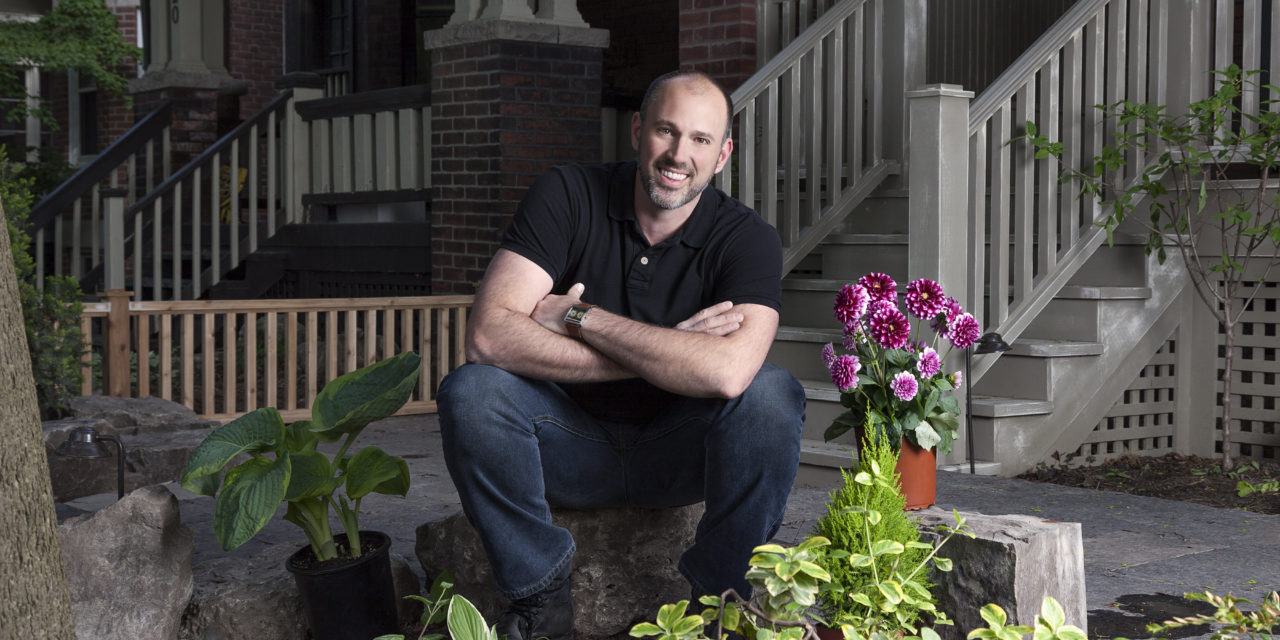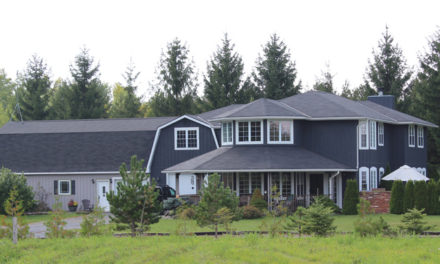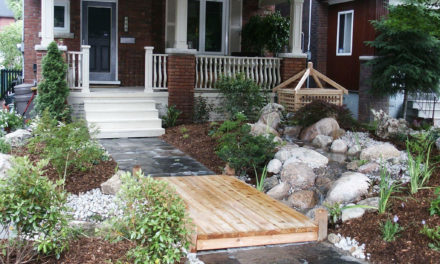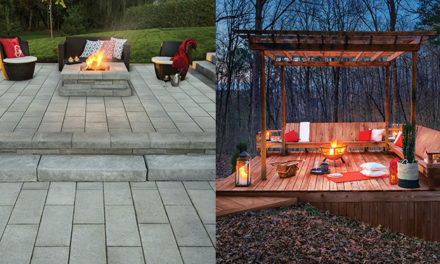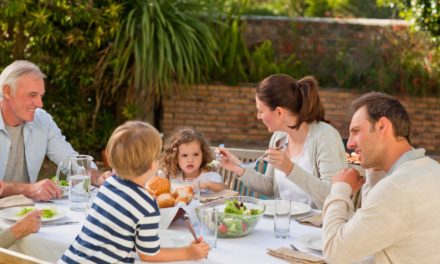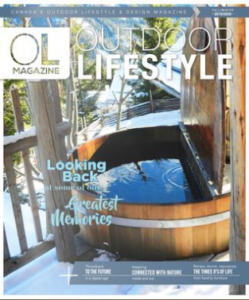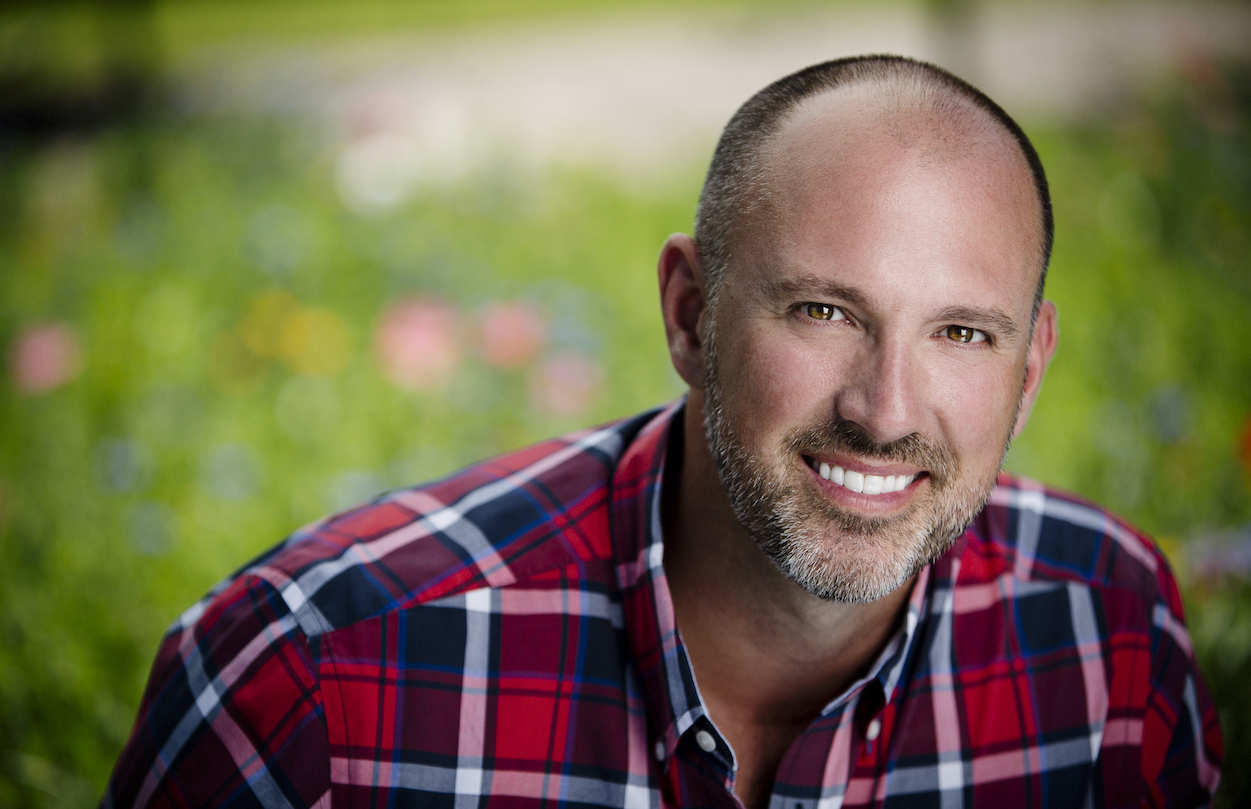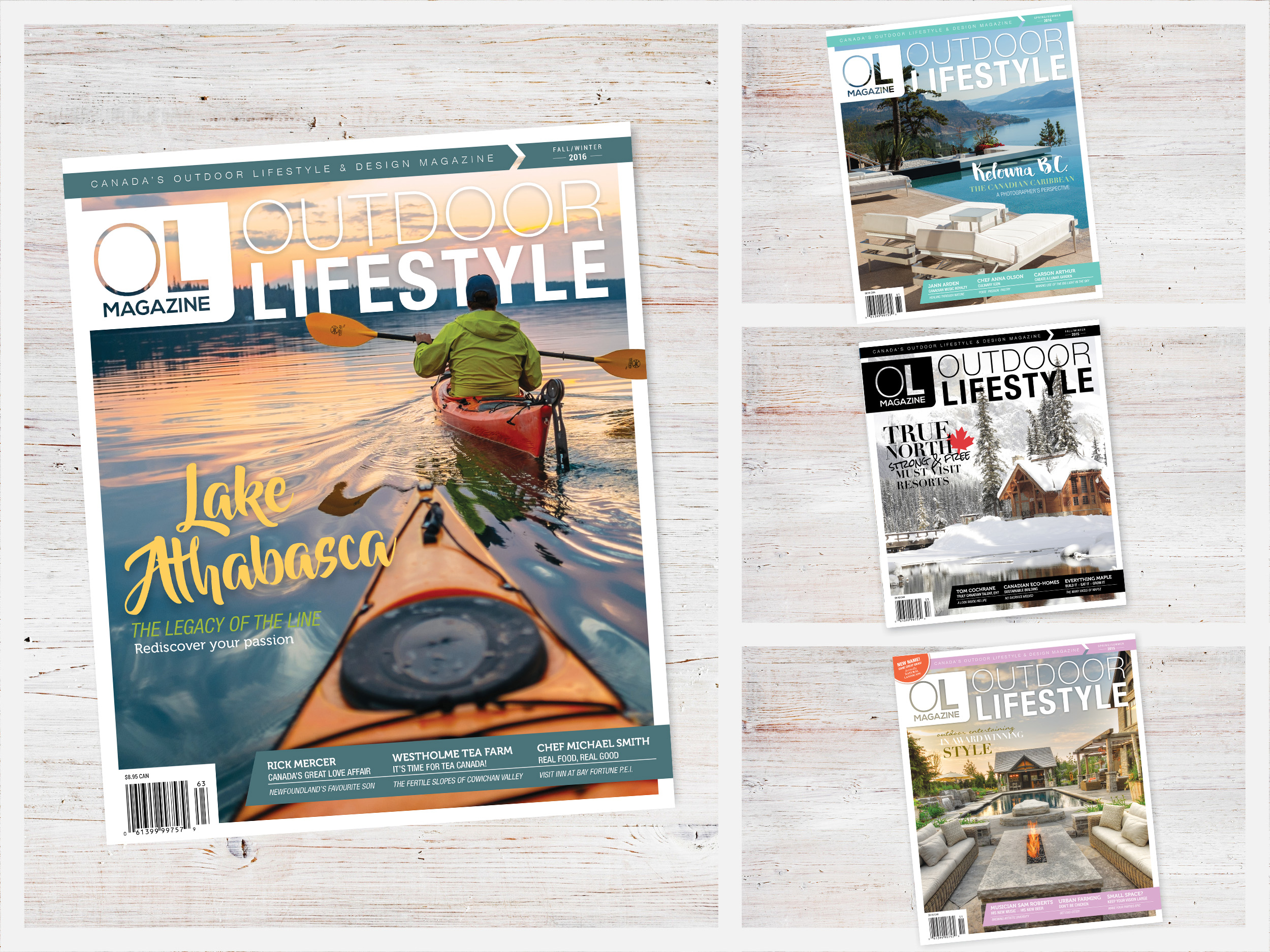As a television personality, I’ve had the opportunity to champion many different causes. Sometimes you get instant results and can see the immediate impact of your efforts. Others feel like a never-ending journey of trying to get people to take notice of your message. Then it takes years to get any tangible response. Water conservation in Canada has been one of the hard ones for me. I’ve spent the last 15 years trying to get Canadians to rethink their outdoor spaces and how they use water in them. It was about 15 years ago that Environment Canada started their campaign concerning depleting resources in a country where everyone assumed we had plenty.
According to The Conference Board of Canada (Jan, 2013), Canadians are at the bottom of a global ranking for water usage per person, just above the U.S.A. On a daily basis, Canadians use up to 327 litres of water per person. What’s most impressive about this number is that during the summer months, our water use increases by almost 40%. This upswing is directly tied to homeowners watering their lawns and gardens.
I understand how this happens. Most Canadians live in areas that experience regular rainfall and drought doesn’t really occur often, so it’s hard for the average person to buy into the idea that there is a shortage. In Canada, it appears that we have an abundance of water. We have lakes and rivers all around us, which is why we feel like we have more-than-enough to go around. The prices we pay for our water is relatively inexpensive, so we use lots of it without any real concern. It’s even more difficult when we see our outdoor investments like trees, flowers and lawns suffering from lack of water. We see a brown lawn and the first thing any homeowner does is grab the sprinkler.
‘Cost’ appears to be another reason for the uphill battle of water conservation in our country. Every method to save water seems to require an investment of some sort, which is why most homeowners say they can’t afford to make a change. I’d hoped that rain barrels would be an amazing way for homeowners to take advantage of free water. While a lot of rain barrels were sold nationally, hauling water around the yard to feed the plants wasn’t very practical or attractive to most of us. Now the rain barrels sit in the yards, full of water and get used only occasionally.
Here are three ways that you can save money and water without having to make a big change in your lifestyle.
- Invest in a simple rain gauge. One of the easiest ways to waste water is ignorance. If you don’t know how much water your outdoor spaces are getting, then how can you know how much more you should give them? A rain gauge lets you keep an eye on how much water you are giving your plants/grass and how much may have naturally occurred. A good rule of thumb is to check your rain gauge every Sunday morning. If the collected water in the gauge is less than 1” for the week, it’s time to get the hose out. Water until you have 1” in the gauge, turn off the sprinkler, empty the unit and you’re done until next Sunday when you check the gauge again.
- Top-dress your lawn with one of the newest ‘drought saving’ types of grass. My personal favourite is RTF Water Saver grass seed. It succeeds anywhere you need it to, in either sun or shade. The key to its success is that this grass can grow roots up to 6’ deep, allowing it to naturally harvest more water from the soil below. I tell homeowners that they don’t necessarily need to get rid of their existing lawns; they just need to add some RTF into the mix. One small (2 kg) bag of seed mixed with a 40lb bag of topsoil spread over the lawn seems to do the trick for problem areas. It will naturally spread, enhancing the remainder of your outdoor space.
- Replace your ‘fine mist’ sprinklers with ones that create larger water droplets. It’s a simple fact that a fine mist evaporates in the summer sun a lot faster than a bigger droplet. In this case, bigger is better! Look for sprinklers that have deflection plates. These plates are great for directing the water to where you need it to go and for creating larger droplets.
Three simple changes that we can all make to create a substantial difference in our water consumption this summer. Remember, every single drop means something.
Carson Arthur

